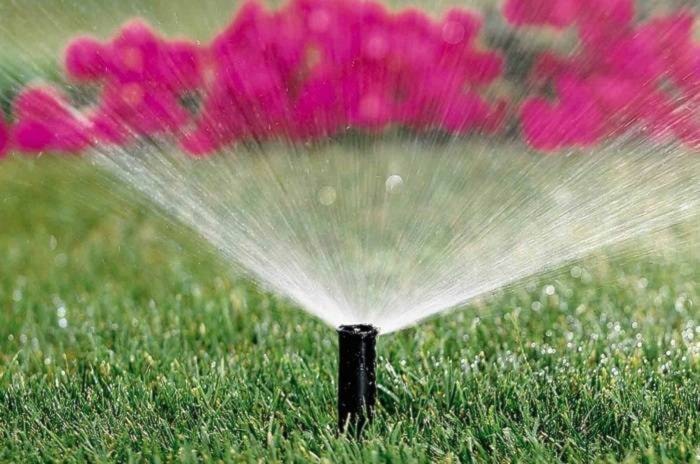Measuring the impact of climate change is all about collecting weather change indicators data to understand changing trends.
Sandra Schira, Okanagan Basin Water Board (OBWB) water science specialist, has been analyzing data monitoring indicators over the past 30 to 100 years.
In a presentation to the water board last month, Schira said the data reiterates seasonal temperatures, in particular the number of hot days, are increasing.
For Vernon, Kelowna and Penticton, days with a temperature above 30 Celsius ranged from 46 to 52 days, compared to the historical baseline of 17 to 25 days.
In turn, this has also extended the agriculture growing season by two weeks, which she noted has implications for increased agricultural water use demands.
In her report to the water board, Schira stated overall, Okanagan trends are in line with global conditions, which saw 2023 as the hottest year on record.
Hot air can lead to higher evaporation, which makes drought conditions extremely likely when combined with low precipitation.
“These hot, dry conditions persisted across all seasons and seemed likely to continue in the new year,” said the report.
“Furthermore, 2023 continues to demonstrate that historical conditions (i.e. those seen in the mid-20th century) are increasingly unlikely to occur.”
For precipitation, Schira’s report indicates 2023 was an exceptionally dry year, with Kelowna, Vernon and Penticton all getting less than half of the 1951-1980 baseline average – total precipitation was 176.3 millimetres for Vernon, 150 mm for Kelowna and 157.9 mm in Penticton.
While there were historically smaller rain events, the report states there were only one or two days with 10 mm of precipitation compared with the typical five to seven days for the Okanagan Valley communities.
“Precipitation that falls in very small amounts is less likely to relieve drought because it tends to evaporate rather than infiltrate into the soil.”
Hydrological indicators showed that freshet came about five days early last spring for Mission Creek, about a week early for unregulated streams and a week early for Okanagan Lake.
“Despite the significant drought in the region, the stream conditions were not as bad as those seen during 2003 or some years in the 1960s and ’80s.”
READ MORE: Severe drought conditions expand across B.C.
